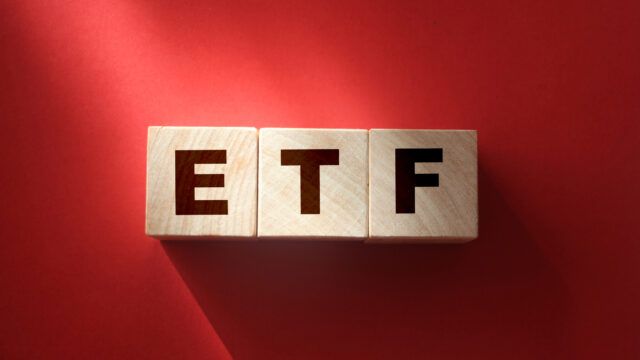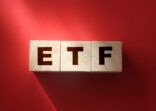The ETF Connect, expected to be launched this year, allows cross-border trades of ETFs between Hong Kong and mainland investors. Although details of scheme are yet to be released, the potential is not to be ignored, according to David Quah, head of ETF at Mirae Asset Global Investments and one of the panelists.
At the moment, Japan is now the largest ETF market in Asia in terms of assets under management and turnover. However, “60% of the assets under management are actually coming from the Bank of Japan”, said Quah.
“If you exclude 60% from the BOJ, the combined AUM in Hong Kong and mainland China is about the same as Japan. If you concentrate the trades through the Connect with a single liquidity pool, China and Hong Kong can be a leading market in Asia. It’s a win-win situation [for both markets],” he said.
Top 5 Asia-Pacific ETF markets
| Country | AUM ($m) | |
| Japan | $173bn | $69.3bn
(excluding 60% from Bank of Japan) |
| Hong Kong | $36.4bn | $71.5bn
(two markets combined) |
| Mainland China (Shanghai+Shenzhen) | $35.2bn | |
| South Korea | $23.5bn | |
| Australia | $18.4bn | |
Source: ETFGI, as of December 2016
The issue in Asia is that the products are too domestic-focused and the markets are too fragmented, said Anson Chow, Deutsche Asset Management’s APAC head of exchange traded product development.
In the SAR, three-quarters of the ETF assets are concentrated in mainland and domestic equities, which accounted for 98% of average daily turnover as of last month, data from the Hong Kong Stock Exchange showed.
“The wider the scope [of products through the ETF Connect] can be, the higher chance you can have a more diversified market in Hong Kong.”
Fees and distribution
“A fee war is still going on in Asia and in China,” said James Martielli, Vanguard’s Asia head of portfolio review. “The ability to actually access low-cost products might be more challenging here in Asia given the way investment products are distributed.”
For example, for the ETFs that track overseas indices under the Qualified Domestic Institutional Investor (QDII) scheme, the management fees are about 70-80 basis points, said Cyrus Mui, director at iShares. The Hong Kong-listed iShares NASDAQ 100 Index ETF has a management fee of 28 basis points.
The charges for mainland-listed ETFs are also on average more costly than the Hong Kong ones, according to Morningstar.
Mui pointed out that in the mainland China, “there are a lot of low-cost ETF products being wrapped into mutual funds that have higher management fees and distribution fees charged by the intermediaries.
“But investors can actually trade the same ETF in the stock exchange at a much lower cost,” Mui said. “This is about whether investors have enough information. Do they know that ETFs can have lower costs [than when they are wrapped in a mutual fund]?”
Mirae’s Quah said for the funds distributing in China, sometimes the distribution fees account for 70-90% of the management fee.
He also highlighted the difficulties of promoting ETFs in China, as ETF issuers in Hong Kong cannot do any education there at the moment.
“Moving from a metropolitan level [in Hong Kong] to a national scale, it’s not easy and very time consuming.” Costs are also a problem, he added.
The above firms said they are still exploring the distribution model in the mainland.
Vanguard’s Martielli added: “What we will not do is to specifically pay for distribution, even though it’s a very much accepted practice in China.”
Despite the challenges ahead, a recent poll by Hang Seng Bank showed that mainland investors are keen on increasing global allocation and on using passive products.

















